Experts discuss packaging circularity at Think Circle
Team PrintWeek spoke with Rashi Agarwal, chief business officer at Banyan Nation, Rahul Nene, head, climate and nature at Huhtamaki, and Mika Sulkinoja, leading specialist, carbon neutral circular economy at Sitra about packaging circularity on the sidelines of Think Circle on 10th January 2025.
10 Feb 2025 | By PrintWeek Team
Huhtamaki India hosted the 2nd edition of Think Circle at the Embassy of Finland in New Delhi on 10 January. The event, organised in partnership with the Embassy of Finland, and knowledge partner, Confederation of Indian Industry (CII) was a part of CII-India Plastics Pact's (IPP) initiative.
The event brought together representatives from all segments of the industry who aimed to increase awareness and overcome recycling challenges in the packaging industry. India’s plastic packaging sector, which accounts for 73% of the country’s total plastic, is attempting to find more sustainable alternatives.
The day started with closed-door confabulations between major industry players in India, which also featured a presentation of the new design for recycling guidance for films and flexible packaging.
Team PrintWeek spoke with Rashi Agarwal, chief business officer at Banyan Nation, Rahul Nene, head, climate and nature at Huhtamaki, and Mika Sulkinoja, leading specialist, carbon neutral circular economy at Sitra about their perspectives.
Sustainability as a value differentiator
Speaking about whether sustainable packaging can be a value differentiator in premium segments, Rashi Agarwal said, “Sustainable packaging helps consumers understand the value of the brand that it is buying. If a brand is thinking about packaging, in all likelihood, it will also be thinking about the product and the environment. Consumers nowadays do take into consideration how sustainable a product is.”
According to Agarwal, younger generations tend to prefer buying products that align with their values. Gen Z consumer behaviour reshapes retail while they consider sustainability, corporate justice and corporate transparency. Naturally, however, it is only people who have the luxury of higher purchasing power who can make that choice in the first place.
Elaborating further, Sulkinoja said, “In the Nordic regions, we have noticed that the price is a huge factor. There is this assumption that sustainable packaging is always going to be more expensive than normal packaging, but this isn’t always the case. We are hoping that in the future, it will become cheaper as technologies and ecosystems are developed.”
According to Sulkinoja, at the moment, only 20% of people in the Nordic region seem to have the luxury of making an environmentally conscious choice, while the rest choose cheaper alternatives.
Nene spoke about how sustainability tends to mean different things to different people. “Social media has completely wrecked the truth of sustainability, leading people to believe all plastic is bad and all cloth is good. The truth is we must look at it according to science, which changes for every application.” For example, for milk pouches, plastic tends to be the most sustainable solution, transporting about 6 crore litres of milk all across India hygienically and practically.”
He added, “We must tell people what sustainability is per science. We must emphasise science-based decision-making. That’s why at Huhtamaki, we focus on creating sustainable solutions that are scientifically backed and adaptable. Our Blueloop initiative, which expands on mono-material packaging solutions, is a great example of that. Blueloop is a range of innovative packaging products developed by Huhtamaki, designed with sustainability in mind. It focuses on using mono-materials like polyethylene (PE), paper, and polypropylene (PP) and it's all about delivering packaging solutions that help close the loop in the packaging lifecycle, making them easier to recycle.”
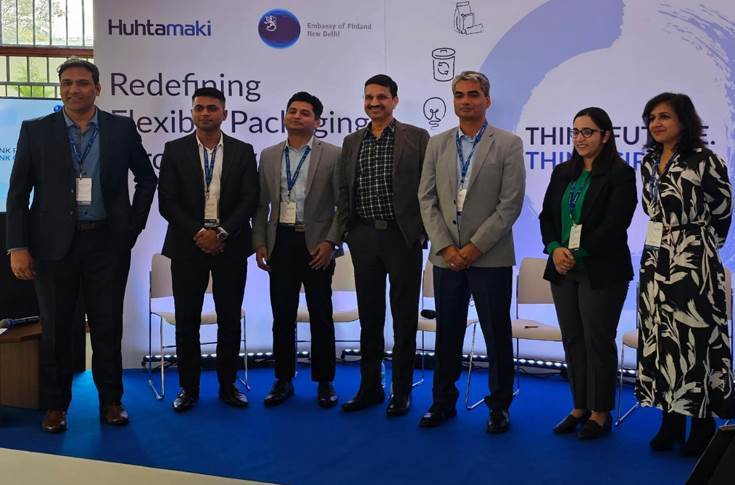
Huhtamaki India hosted the 2nd edition of Think Circle at the Embassy of Finland in New Delhi on 10 January
The sustainability of recycling
“Before we delve into recycling, we must understand that there is mostly no point to quick fixes. The substances we recycle must have a true purpose,” said Agarwal.
As recyclers, products reach her at the end of the value chain. She believes that the key to circularity lies in good design. “It appears sometimes as if we have jumped the gun and moved straight to recycling when we should be moving as a value chain as a whole.”
In the European context, Sulkinoja stated that according to eco-design directives about 70-80% of a products’ carbon footprint is created in the design phase. He added that work must not be done in silos, but as a collaborative unit by each segment in the packaging industry.
Nene reiterated his point on science, emphasising the importance of tailor-made solutions. “Contextualising cases to the local environment are important,” he added.
Packaging and brand differentiation
All three minds agreed that packaging tends to be the first touchpoint of all consumers.
“Product differentiation on packaging absolutely happens. Packaging is not a silent salesman anymore, which is both a challenge and an opportunity,” said Agarwal.
People need bright colours on their packaging to catch the consumers’ eye. Those come with inks, which come with environmental damage. Packaging companies are now beginning to think of creative ways to catch consumers’ attention.
Nene, who works for Huhtamaki, stated that it is not necessarily one particular group of people. “We speak to customers of brands of market teams, who collate data. Very often we speak with print buyers. However, in terms of being able to design recyclable solutions, the biggest ploy is being able to design recyclable goods that cannot be currently recycled.”
Compromising functionality for sustainability is not something most companies prefer, according to Nene, and thus alternatives must be sought.
Rashi Agarwal explained how track and trace technology helps recyclers understand how the general public is segregating different types of waste, enabling them to track recycling waste through disassembly, recycling and re-introduction to the supply chain.


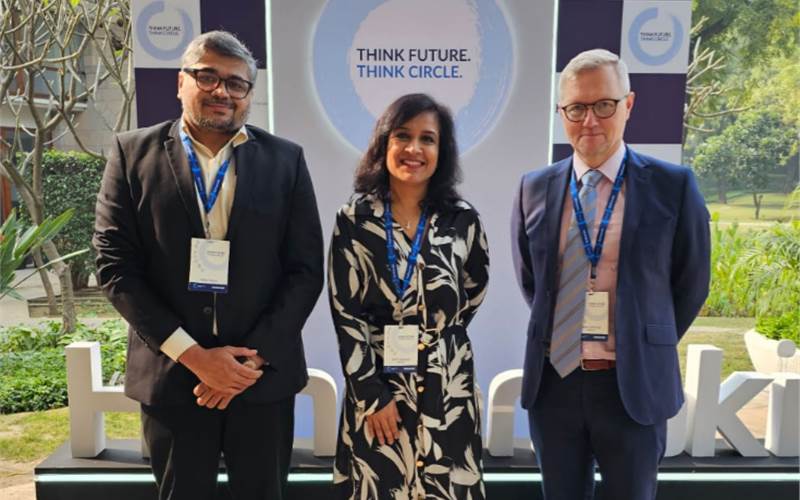





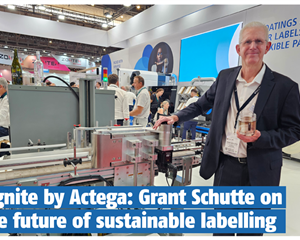
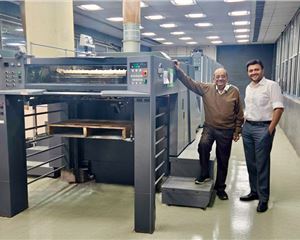
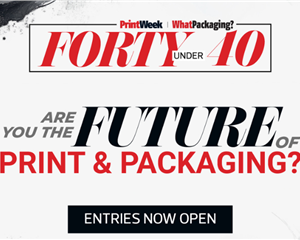
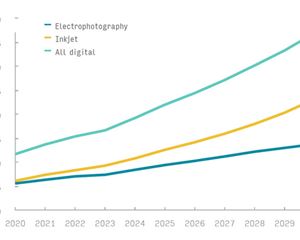
 See All
See All